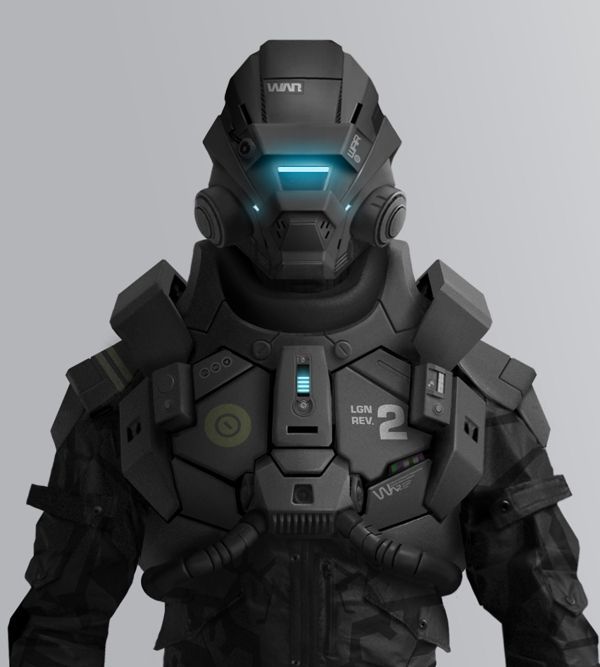Artificial intelligence (AI) is pervading nearly in every sphere of our lives. Banks, hospitals, hotels, manufacturing, and other industries are actively deploying AI-based solutions for efficiency, cost savings, and higher profit. The defense industry is the latest sector to utilize AI.
Bringing a Paradigm Shift to Modern Warfare
Recently, a group of 116 leading AI experts wrote an open letter to ban AI use for developing autonomous weapons. The experts are calling the use of AI as the third revolution in warfare after gunpowder and nuclear weapons. Technology always has been an integral part of the defense sector. Precision-guided missiles, unmanned, and remotely controlled drones, monster warships that appear as a small fishing boat on the enemy radar, heavily armored tanks that rival the agility of much lighter and smaller vehicles, and many more such advancements are all testament to armed forces’ readiness to leverage tech. With the emergence of AI, however, military weapons could add such capabilities that will bring a paradigm shift in modern warfare.
With AI at the helm, a central command could launch a multi-pronged attack from land, air, and water simultaneously without any humans on the warfront. All the combat decisions—whom to shoot so that no unintended target is fired at, when and how much to fire to minimize collateral damage, when to take cover to protect itself, and so on—would be taken by robots. Humans would just monitor the battlefield situation safely in the central command center and taking corrective action as needed. And it’s not wishful thinking; technologies such as deep learning are helping to unleash this warfare revolution.
The next generation autonomous weapons are able to learn from their previous experiences (or simulations). One such example is Russian Kalashnikov’s combat module that uses neural network to fire a deadly 7.62mm machine gun. The gun autonomously makes its own decision to fire at a target. It learns from previous examples, adapts to new circumstances, and makes an informed decision to shoot a target.
Are the Autonomous Weapons Really Intelligent?
But how exactly does a supposedly intelligent system arrive at a decision to shoot. Is it really that intelligent or does it take a best-guess approach? And what if it’s wrong? A mistake could be deadly, resulting in friendly fire or escalation of war.
Another potential drawback is the ease of making decisions to launch an attack when no human combatants are involved. The result could be continuous belligerent posturing and shooting even for small issues that should have been resolved via non-military options.
AI for Ancillary Fields
Amidst such scenario, an important question arises: why must we consider AI for advancing weapons. There are other, equally important aspects of a combat situation, which play a vital role in deciding its outcome. These include logistics, threat analysis, reconnaissance, surveillance and patrolling, simulations, and back-office functions. Surely, these don’t appear as glamorous as a gun-toting robot blowing away the enemies. But, they are no less important. Even on the battle-front, robots can perform functions such as defusing bombs, clearing obstacles in inhospitable terrains, and removing mines and IEDs to clear the pat of soldiers. In fact, prudent use of AI in combat situations could lower human casualties.
It really, therefore, is a matter of utilizing AI where it could indeed be most useful with minimal adverse impact. AI in autonomous weapons is a topic that requires active academic, government, private, and NGO debate before proceeding blindly to military implementation.


















